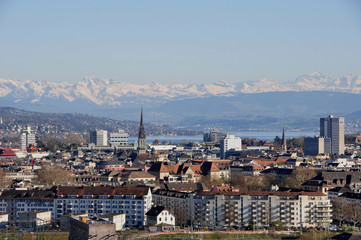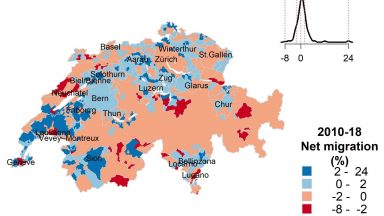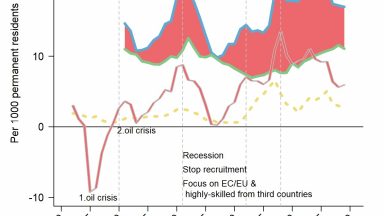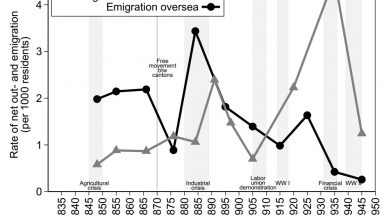
In high income countries in the second half of the 20th Century, internal migration redistributed inhabitants from congested city centers into the sparsely populated outskirts. This so-called process of periurbanization or urban sprawl gave rise to challenges to environmental health and the conservation of biodiversity. Continuous monitoring of trends is thus crucial. Compared to the available evidence on internal migration, the role played by international migration and its interactions with other demographic components in the process of city growth remains underappreciated. We address these issues in three subprojects focused on Switzerland, relying on official demographic estimates and data from the decennial population censuses, registers, and large-scale surveys.
- Internal migration and periurbanization in Switzerland
- Patterns of contemporary international migration to Switzerland
- International migration and the historical growth of the city of Zurich

Internal migration and periurbanization in Switzerland since 1966
While the working age population increasingly moves within Switzerland, the renewed residential attractiveness of central-city areas that emerged around 2000 has been followed by a resumed process of urban sprawl.

Patterns of international migration to Switzerland over the last 60 years
International immigrants are increasingly skilled, older and childless on arrival. They originate mainly from neighboring countries and head increasingly towards the largest urban centers of Switzerland. A large proportion of immigrants leave Switzerland after a couple of years.

International migration and the historical growth of the city of Zurich
During the industrial revolution, the population of Zurich grew essentially through migration, with dramatic changes in the Swiss versus international origins of the migrants over time.